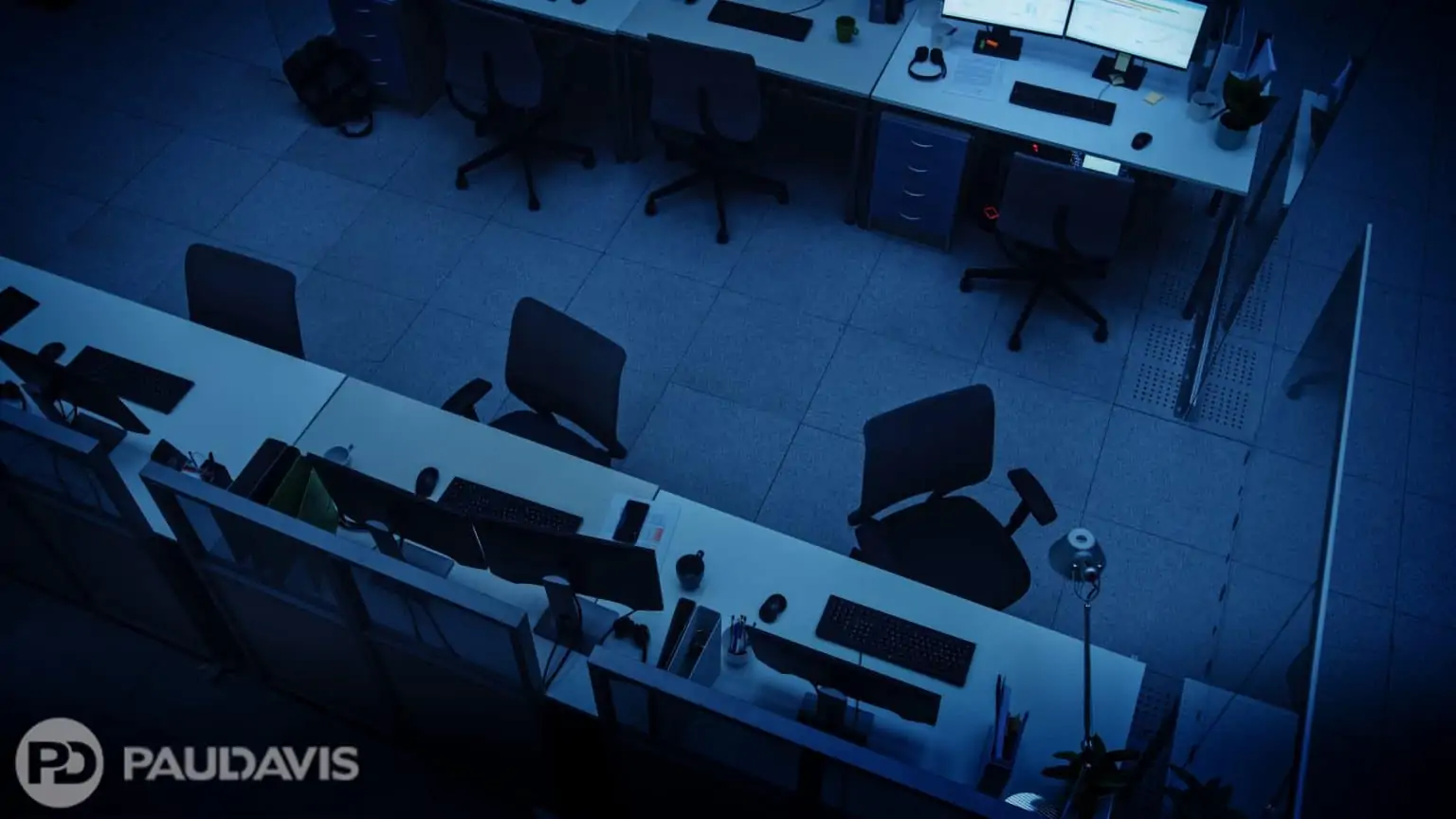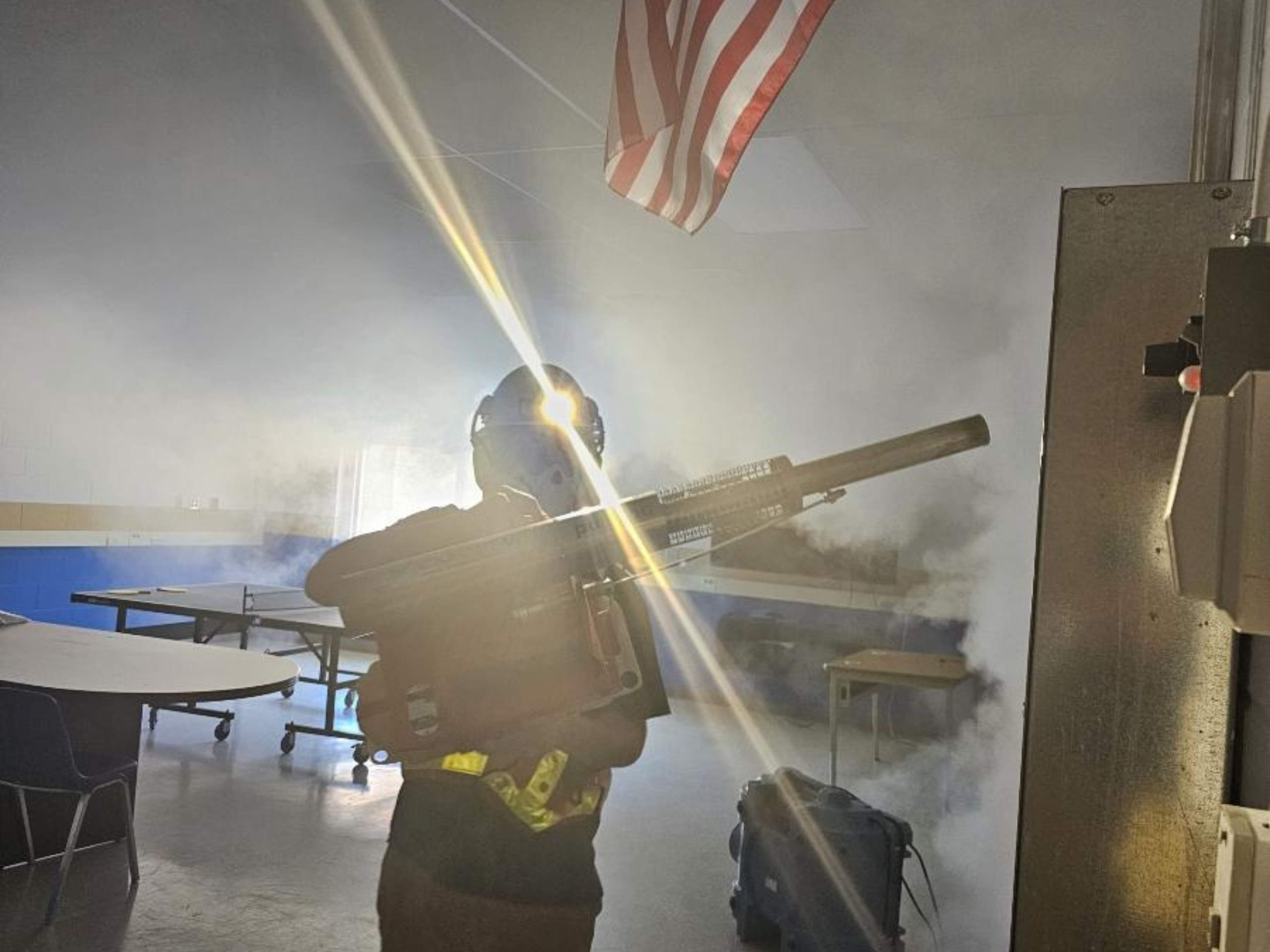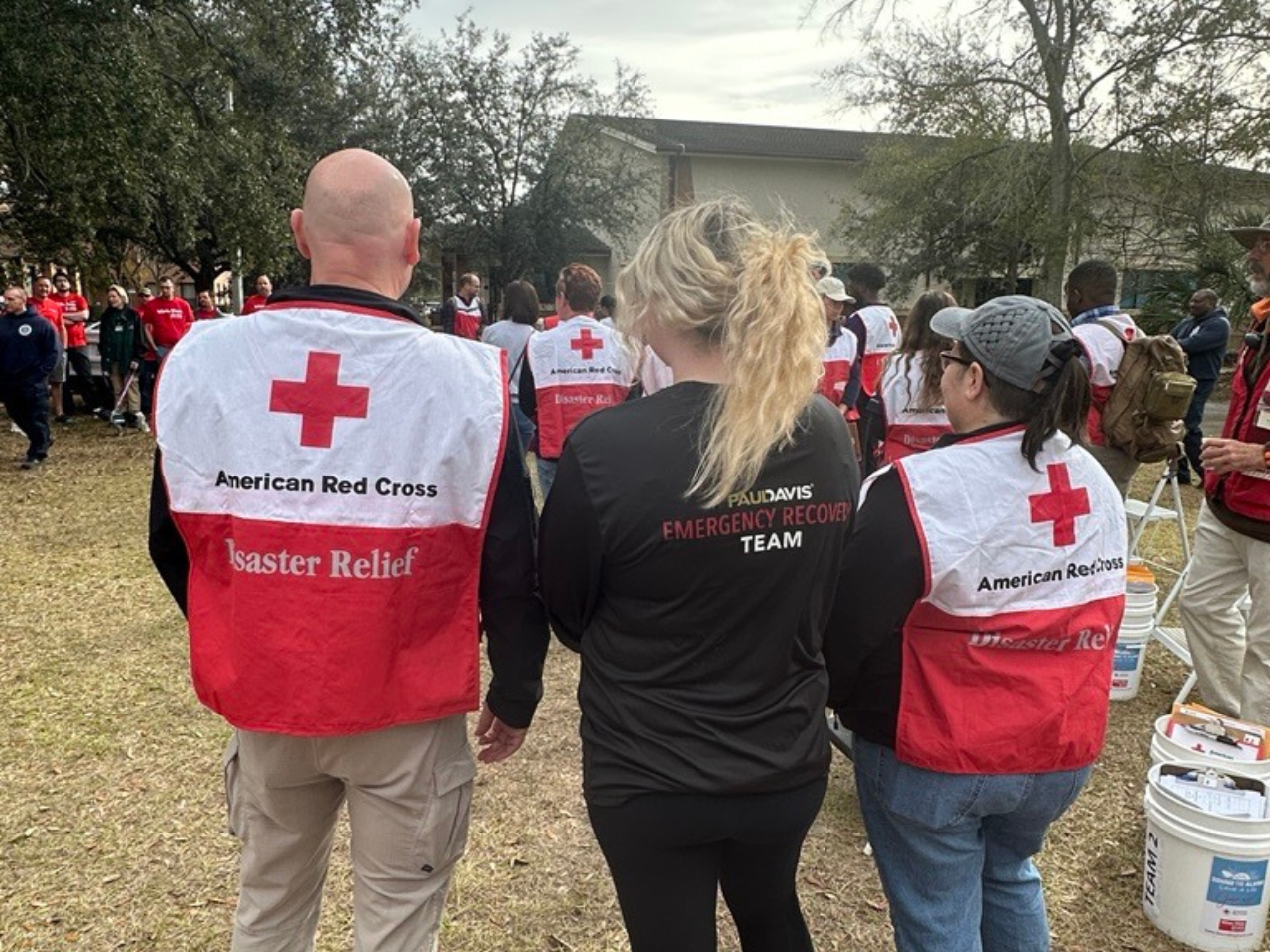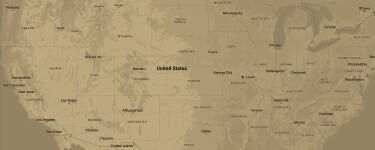
As the COVID-19 pandemic continues, employees who left offices to work remotely show few signs of returning en masse anytime soon. Many experts believe the migration may be permanent and that the business world has been forever changed.
What this means right now: thousands of offices and commercial spaces are vacant or lightly occupied. And as traffic dwindles, security risks rise quickly. We spoke with Leslie Anderson, Paul Davis Vice President of Training, about what this means and how businesses can manage hazards posed by empty spaces.
Q: What type of security risks should property owners and managers be aware of?
Theft and vandalism are two of the biggest and most immediate risks when buildings are vacant or lightly occupied. Criminals can “case” the property unobtrusively, gain access easily – by propping a door or window, perhaps, or entering while the building is open and hiding until closing – and do damage with little risk of being caught by occupants or law enforcement.
Q: What processes can owners and managers modify or implement to reduce these risks?
First, review the security procedures you previously used and understand how they have changed. Your building may no longer have a swipe-to-enter card system, for example, but how do employees enter now? Your security staff has been drastically reduced, for instance, but what does the smaller staff handle? Evaluate the vulnerabilities of this “new normal,” prioritize the risks and address them. One change may be: security personnel no longer staff the lobby desk but they must double-check all doors and windows prior to leaving. Good training and communication are essential when changing processes.
Q: What property modifications can be made to reduce risks?
Use the existing property more effectively and also consider modifying it to protect against theft and vandalism. Evaluate entrances and exits: with few occupants, you can likely reduce those you actively use. Make the building look more occupied by setting lights on timers or make it unclear it’s empty by lowering blinds. Lock up high-ticket items, too: thieves and vandals prefer properties that are easy to escape from with valuables in hand. Check that the security system functions as expected – or install one for the first time, if necessary. And be creative: one luxury clothing brand reduced losses and deterred future thieves simply by flipping every other hanger on each rack. Burglars could no longer remove armfuls of expensive garments in one motion.
Q: What can owners and managers do to harden the property with new deterrents?
Better lighting around the exterior is one of the biggest protective steps. Cut back shrubs and greenery that obscure windows or hide doors from view. Clear debris that can provide hiding places. Thieves and vandals seek cover and darkness. Eliminating those advantages reduces your risks quite a bit.
Q: How can business partners help?
Tell the local police force that the property is lightly occupied because many will periodically patrol at no cost. Alert neighboring businesses to be on the lookout for questionable activity. Contact your insurance agent to review your policy. Many typical commercial policies cover vandalism but not theft, which is often the more expensive crime. Make sure your paperwork is in order with proof of ownership for valuables, too: office equipment, materials, inventory, vehicles. If a crime does occur at the property, even if it is small, call the police and file a report. The insurance company requires proof of the event before it considers covering the loss.
Finally, talk to your local Paul Davis office now. Our professionals help prevent and advise as well as responding quickly if thieves damage your property. We help your business avoid crime and, if the worst occurs, stay healthy as your property recovers.











